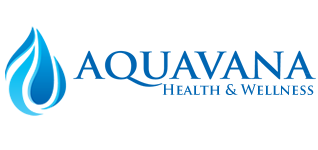The Dangers of Plastic
As cities across the country have officially banned government expenditures on wasteful bottled water, Americans are getting the message loud and clear. Bottled water is expensive, not necessarily cleaner than tap water, and is connecting with overwhelming environmental concerns such as:
- Roughly 80% of water bottles in the United States are not recycled, producing 22 billion plastic bottles which are added to landfills every year.
- Plastic bottles will not even begin to decompose for hundreds of years.
According to the Earth Policy Institute, the United States uses more than one million* barrels of oil annually to produce water bottles sold in the U.S. *This number does not include fuel used in global shipping.
- Major drinks brands produce the greatest numbers of plastic bottles. Coca-Cola produces more than 100bn throwaway plastic bottles every year – or 3,400 a second, according to analysis carried out by Greenpeace after the company refused to publicly disclose its global plastic usage. The top six drinks companies in the world use a combined average of just 6.6% of recycled Pet in their products, according to Greenpeace. A third have no targets to increase their use of recycled plastic and none are aiming to use 100% across their global production.
1.5 million barrels of oil in the US alone are used to make water bottles from polyethylene terephthalate, 86% of which are landfilled or incinerated. Often it is shipped long distances, like the 1.4 million bottles of Finnish tap water sent 4,300 kilometers (2,700 miles) to Saudi Arabia, or the popular Fiji water found in the US and Canada. ”Even in areas where tap water is safe to drink, demand for bottled water is increasing–producing unnecessary garbage and consuming vast quantities of energy,” said researcher Emily Arnold. ”Although in the industrial world bottled water is often no healthier than tap water, it can cost up to 10,000 times more.”
Tap water comes to us through an energy-efficient infrastructure whereas bottled water must be transported long distances–and nearly one-fourth of it across national borders–by boat, train, airplane, and truck. This involves burning massive quantities of fossil fuels. (Look here for some advice on durable, non-toxic container options.)
- 1.5 million: Barrels of crude oil used for making PET water bottles, globally. This is enough oil to fuel 100,000 American cars for a year.
- 2.7 tons: The amount of plastic used to bottle water. 86 percent become garbage or litter.


